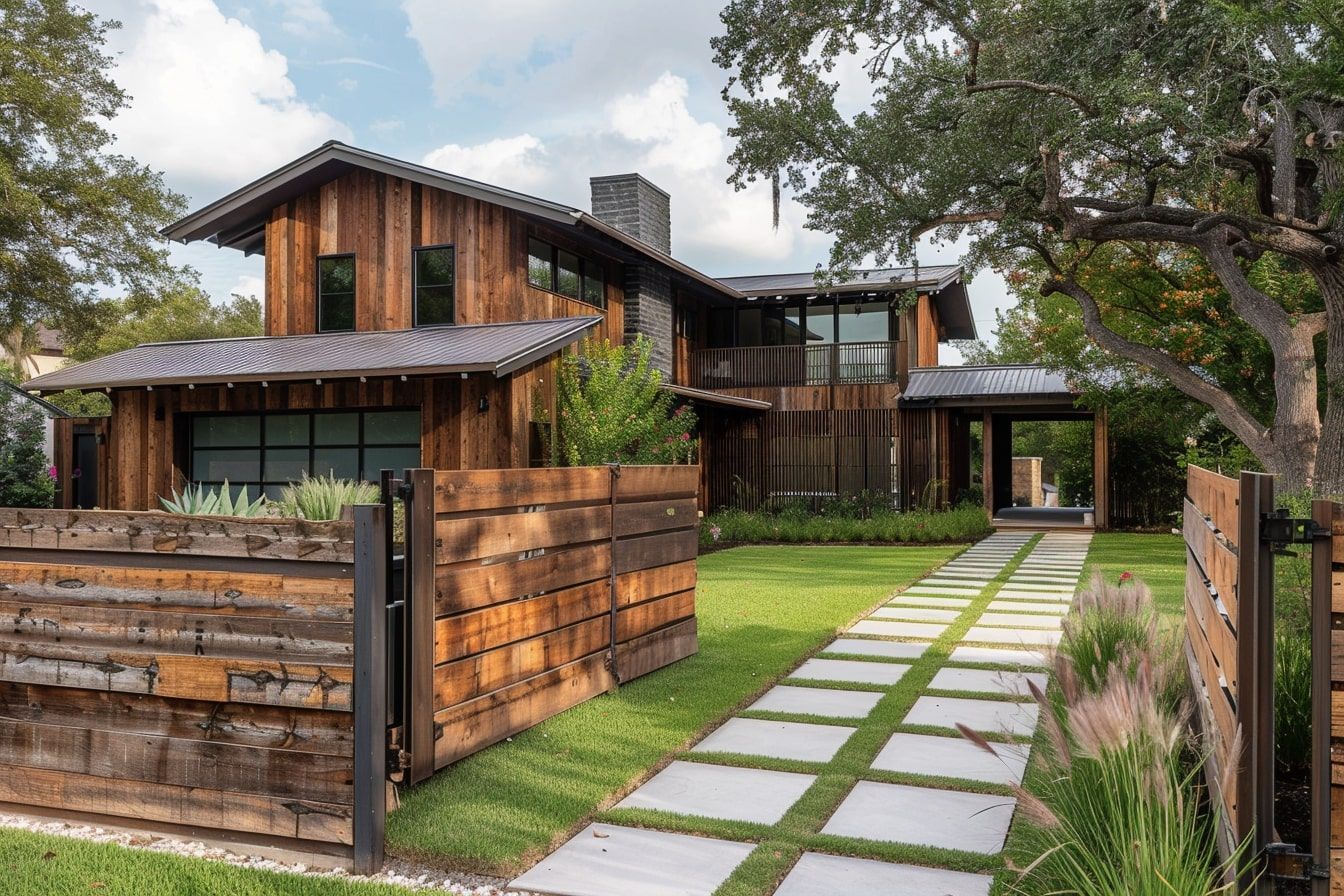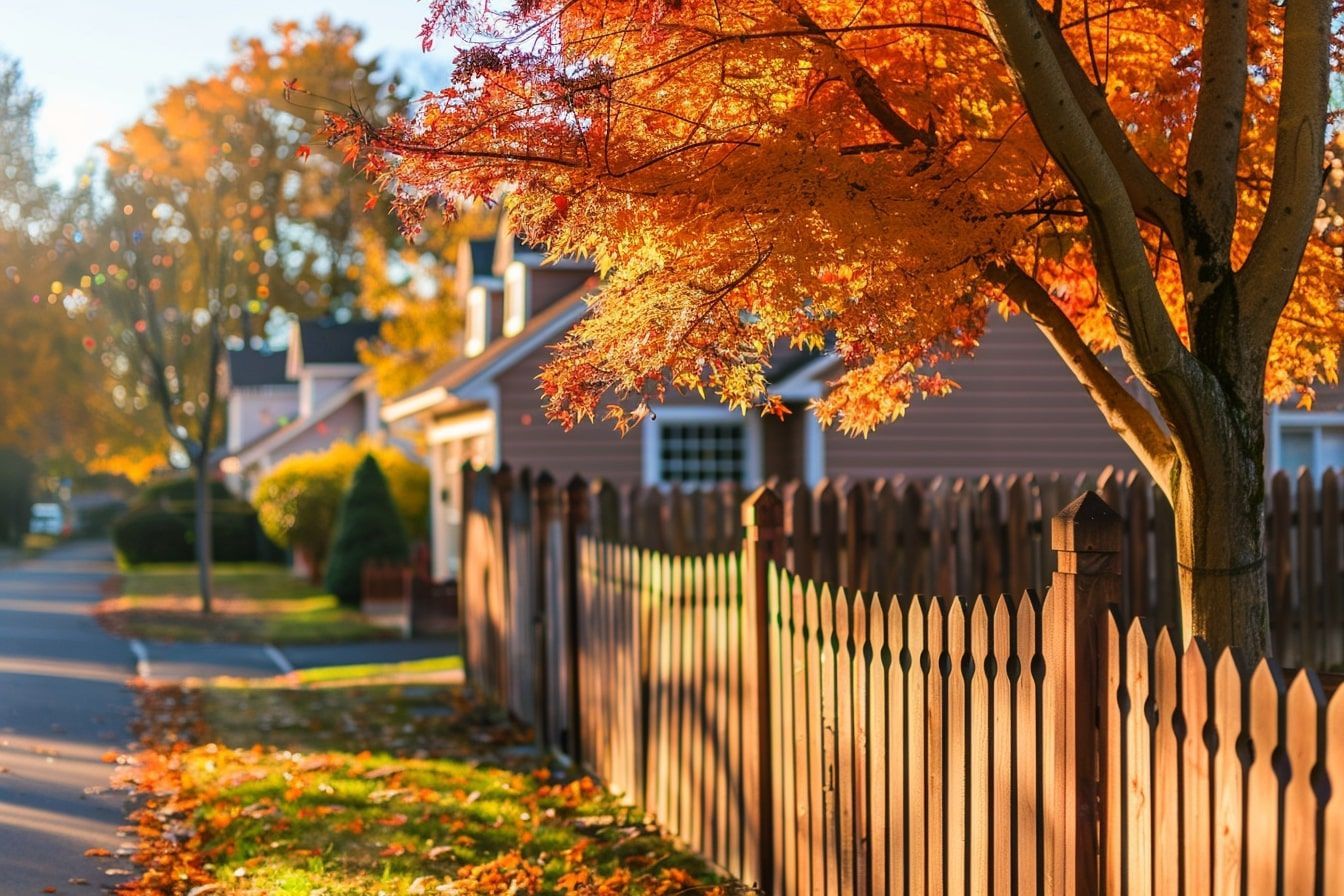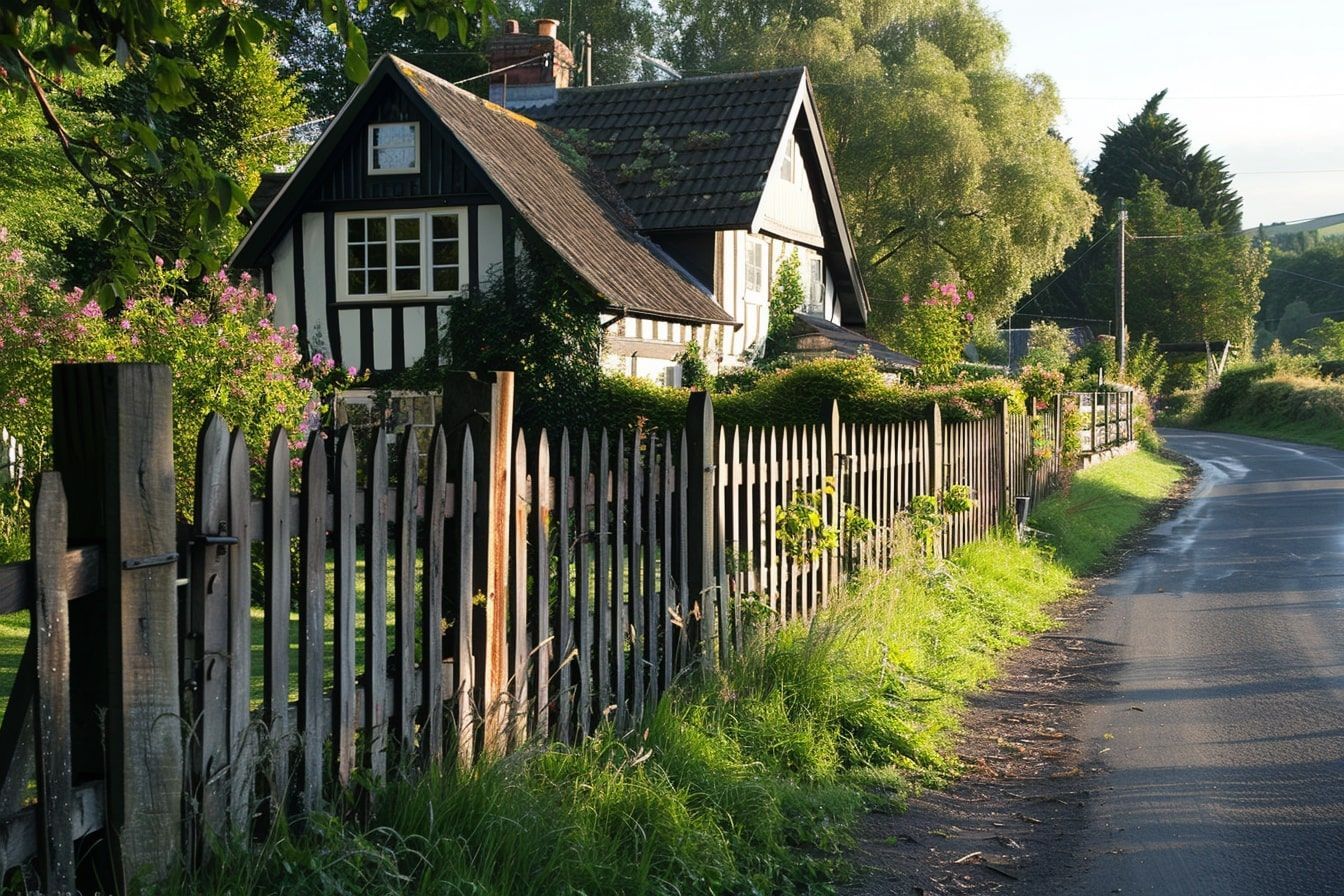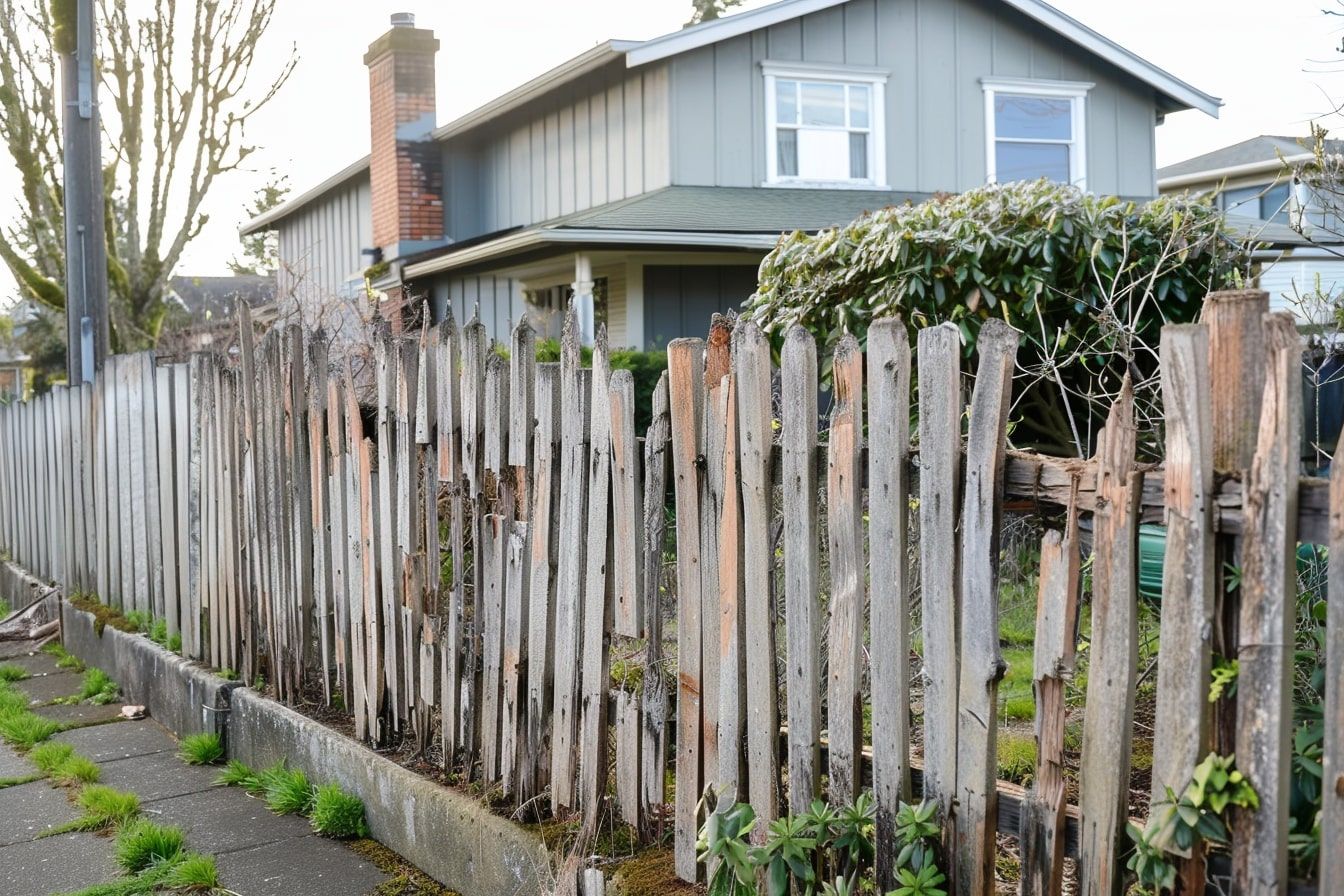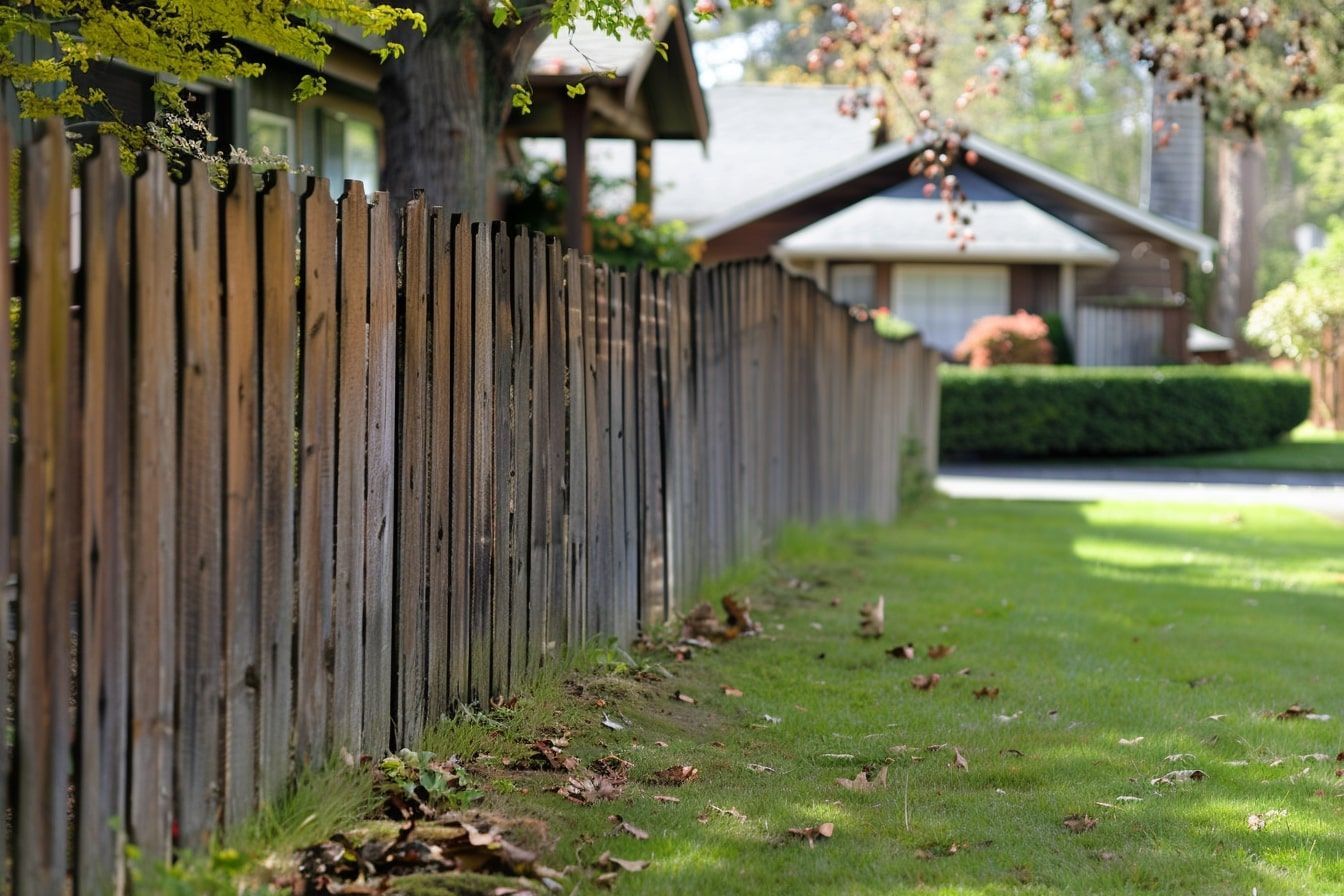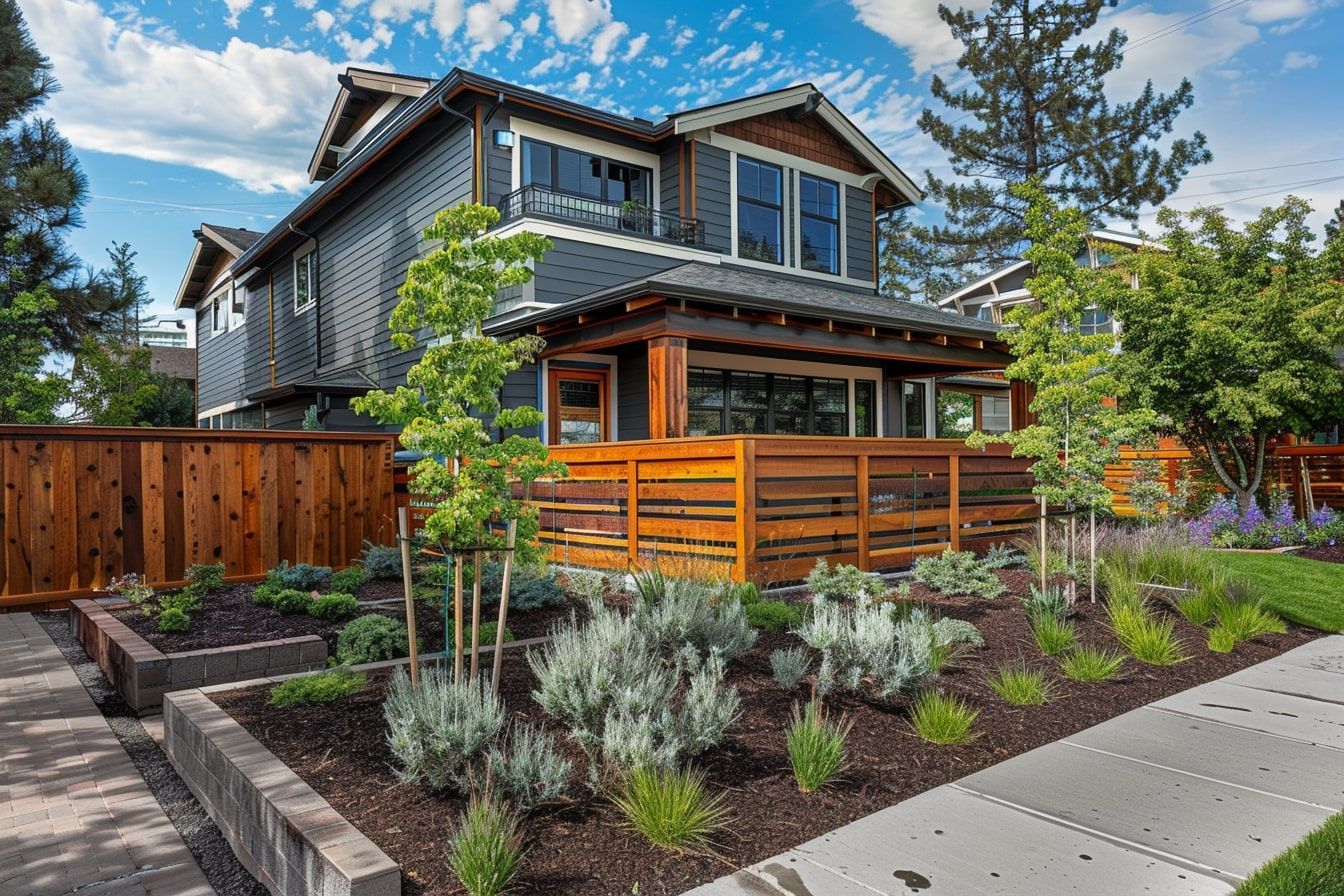Common Wood Fence Problems and How to Fix Them
Are You Facing These Common Wood Fence Problems?
Wood fences are a beautiful and functional addition to any property, but they come with their own set of challenges. Are you struggling with issues like rot, insect damage, or warping? This comprehensive guide will help you identify and fix the most common wood fence problems, ensuring your fence remains in top condition for years to come.
1. Wood Rot
Understanding Wood Rot
Wood rot is a common problem caused by fungi that thrive in moist conditions, leading to decay and weakening of the wood.
Identifying Wood Rot
- Soft or Spongy Wood: Check for areas where the wood feels softer than the surrounding areas.
- Discoloration: Look for dark or discolored patches on the fence.
How to Fix Wood Rot
Temporary Solutions
- Apply Wood Preservatives: Use wood preservatives to slow down the decay process.
- Seal Cracks: Fill small cracks with wood filler to prevent moisture from entering.
Permanent Solutions
- Replace Affected Sections: Cut out and replace the rotted sections with new, treated wood.
- Improve Drainage: Ensure proper drainage around the fence to reduce moisture buildup.
2. Insect Damage
Common Insects Affecting Wood Fences
Insects such as termites, carpenter ants, and beetles can cause significant damage to wood fences.
Identifying Insect Damage
- Visible Holes or Tunnels: Look for small holes or tunnels in the wood.
- Sawdust or Frass: Check for piles of sawdust or insect droppings around the fence.
How to Fix Insect Damage
Immediate Actions
- Apply Insecticides: Use appropriate insecticides to eliminate the pests.
- Clean Affected Areas: Remove any sawdust or debris left by the insects.
Long-Term Solutions
- Replace Damaged Wood: Remove and replace any sections heavily infested by insects.
- Regular Maintenance: Perform regular inspections and treatments to prevent future infestations.
3. Warping
Causes of Warping
Warping occurs when wood boards bend or twist due to uneven moisture levels, often caused by improper installation or exposure to the elements.
Identifying Warping
- Visual Inspection: Look for boards that are curved or twisted.
- Uneven Fence Line: Check if the fence line appears uneven or wavy.
How to Fix Warping
Quick Fixes
- Reinforce Warped Boards: Use braces or screws to straighten slightly warped boards.
- Adjust Moisture Levels: Ensure even moisture distribution by watering dry areas and improving drainage in wet areas.
Permanent Solutions
- Replace Warped Boards: Replace severely warped boards with new, properly treated wood.
- Use Quality Materials: Choose high-quality, pressure-treated wood to reduce the risk of warping.
4. Loose or Broken Boards
Common Causes
Loose or broken boards are often the result of wear and tear, weather conditions, or improper installation.
Identifying Loose or Broken Boards
- Manual Check: Gently pull on boards to see if they move or are detached from the fence.
- Visual Inspection: Look for cracks or splits in the wood.
How to Fix Loose or Broken Boards
Temporary Fixes
- Re-nail or Re-screw: Secure loose boards with additional nails or screws.
- Apply Wood Glue: Use wood glue to reattach small, broken sections.
Permanent Solutions
- Replace Damaged Boards: Remove and replace any loose or broken boards with new wood.
- Strengthen Connections: Use metal brackets or braces to provide extra support to weak areas.
5. Leaning Fence
Causes of a Leaning Fence
A fence may lean due to unstable soil, improper post installation, or damage from strong winds or heavy snow.
Identifying a Leaning Fence
- Check Alignment: Use a level or plumb line to see if the fence is leaning.
- Inspect Posts: Examine the fence posts for signs of movement or instability.
How to Fix a Leaning Fence
Immediate Actions
- Re-tamp Soil: Re-tamp the soil around the leaning posts to stabilize them temporarily.
- Use Temporary Supports: Brace the fence with temporary supports until a permanent fix can be made.
Permanent Solutions
- Re-set Posts: Dig out and re-set the leaning posts deeper and with proper concrete footing.
- Install Additional Posts: Add extra posts for additional support in long sections of the fence.
Conclusion
Wood fences require regular maintenance and prompt attention to issues to remain beautiful and functional. By understanding common wood fence problems and their solutions, you can keep your fence in excellent condition. For professional assistance or to request a free quote, visit our website at RS Fence Installations. If you’re in Macomb or Oakland Counties, don’t hesitate to reach out to us for expert fence repair services.
External Resources
- For more detailed instructions on installing a wood fence, visit Lowe’s Installation Guide.
- To explore various wood fence design ideas, check out HGTV’s Wood Fence Design Gallery.
- Learn about the environmental benefits of wood fences at The American Forest Foundation.
The post Common Wood Fence Problems and How to Fix Them appeared first on RS Fence Installations.
